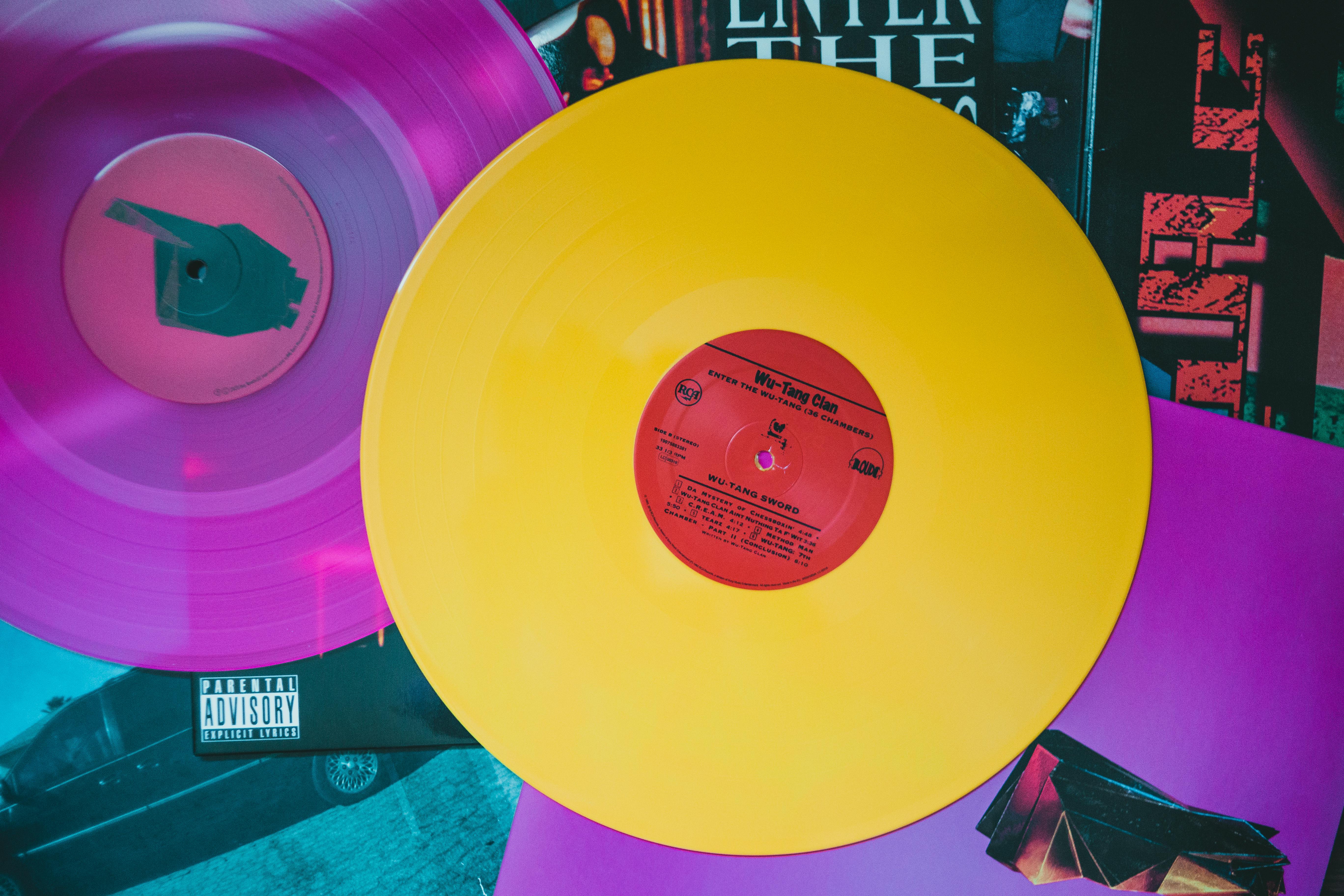In the ever-evolving landscape of pop music, Charli XCX stands out as a relentless innovator, consistently pushing sonic boundaries and cultivating a deeply dedicated online fanbase. Her 2017 mixtape, Number 1 Angel, remains a pivotal moment in her discography – a bold, collaborative project that solidified her status as a forward-thinking force, embracing sounds adjacent to PC Music and hyperpop before they hit the mainstream consciousness. Imagine, then, the excitement within her fanbase ("Angels") surrounding a hypothetical physical release of this beloved mixtape, perhaps years after its digital debut, pressed on eye-catching apple green vinyl. Such an item transcends typical merchandise; it represents the physical validation of a cult classic, leverages the potent aesthetic appeal of colored vinyl, and taps directly into powerful fan desires for tangible artifacts, making it an instant "collector's dream come true."
"Number 1 Angel": Revisiting a Pop Landmark
To appreciate the significance of a vinyl release, one must recall the context of Number 1 Angel's original arrival. Dropped somewhat unconventionally as a mixtape in March 2017, during a period of creative exploration for Charli outside the constraints of traditional album cycles, it felt like a vibrant, spontaneous burst of energy. Packed with high-profile collaborations (featuring artists like MØ, CupcakKe, Abra, and Uffie) and drenched in the bright, sometimes abrasive, futuristic sounds associated with producers like A.G. Cook and SOPHIE, the mixtape was a statement. While perhaps not initially achieving massive chart dominance, it garnered significant critical acclaim and solidified a cult following, cementing Charli's reputation as a pop visionary among critics and devoted online communities. The fact that it was released as a mixtape, often seen as less "official" than an album, makes a premium vinyl release feel like a significant validation of its artistic merit and enduring importance within her catalogue.
The Vinyl Treatment: Why Physical Matters for a Digital-Era Project
For a project like Number 1 Angel, born and primarily consumed in the digital realm, a transition to vinyl offers unique value. It provides fans who formed deep connections with the music through streaming and online discussion the chance to own a physical representation of that era and those sounds. This act of acquiring and possessing the tangible object strengthens the fan-artist bond in a way digital files often cannot (First Principle: Tangibility & Psychological Ownership). From a sonic perspective, translating the mixtape's dense electronic production – its layered synths, processed vocals, and hard-hitting, sometimes experimental beats – onto vinyl presents interesting mastering challenges. Would the goal be to maximize clarity, introduce analog "warmth," or preserve the digital-edge loudness? The choices made would shape the vinyl listening experience. Furthermore, the format encourages listening to the mixtape as a cohesive body of work, potentially highlighting track sequencing and thematic flows that might be less apparent during casual streaming.

Aesthetic Statement: The Allure of Apple Green Vinyl
The hypothetical choice of "eye-catching apple green vinyl" is a deliberate aesthetic and marketing decision. Colored vinyl variants inherently signal a special or limited edition, immediately increasing collector appeal. The specific choice of apple green could connect to the mixtape's original digital artwork, Charli's visual aesthetic during that period (often vibrant and playful), or evoke a specific mood – perhaps fresh, energetic, or even slightly artificial, mirroring some of the production elements. Beyond its collectibility, brightly colored vinyl enhances the record's function as a visual object. Fans often display colored vinyl, making it part of their home decor and a visible marker of their fandom. This visual appeal is particularly relevant for an artist like Charli XCX, whose work often involves strong visual components. The color choice itself becomes part of the artifact's narrative and desirability, likely implying a degree of scarcity compared to a standard black pressing (First Principle: Scarcity & Aesthetics Drive Value).
Fan Demand & Collector Market Dynamics
The existence of a highly engaged and dedicated fanbase is crucial to the success of such a release. Charli XCX cultivates exactly this kind of "stan" culture online, where "Angels" are known for their passion and eagerness to support her projects, especially physical merchandise. A vinyl release of a beloved, previously digital-only mixtape directly caters to this existing demand. For fans who championed Number 1 Angel since 2017, obtaining an official, high-quality vinyl pressing feels like a long-awaited validation of the project's significance and their own early adoption. The release strategy – whether a limited webstore exclusive, an independent retail offering (perhaps for Record Store Day), or tied to another event – would significantly impact the initial hype and subsequent accessibility. Regardless, strong demand on secondary markets like Discogs or eBay would be almost guaranteed, reflecting both genuine fan desire and reseller activity seeking to capitalize on the item's collectible status.

Blind Spots & Critical Considerations
While highly desirable for fans, such a release isn't without potential criticisms or complexities.
The question of Sound Quality vs. Gimmick often arises with colored vinyl. Is the apple green pressing genuinely high quality, mastered well for the format, or is the color the primary selling point, potentially masking a standard or even subpar pressing? Quality control is essential to maintain credibility.
Availability & Exclusivity can be a double-edged sword. While limited runs drive hype, they can also lead to intense frustration for fans unable to secure a copy at retail price, fueling resentment towards resellers and the perceived unfairness of the market (Non-PC Reality: Manufactured Scarcity Creates Exclusion).
Does the market perceive the value of a Mixtape on Vinyl differently from an official studio album? While Number 1 Angel is critically acclaimed, its original mixtape status might influence its long-term perceived importance or resale value compared to Charli's official LPs in some collector circles.
Finally, the Environmental Impact of producing PVC records, especially multiple colored variants requiring specific manufacturing processes, remains an ongoing concern for conscious consumers and the industry.
Conclusion: A Tangible Piece of Pop Futurism
A hypothetical apple green vinyl release of Charli XCX's Number 1 Angel represents far more than just putting a mixtape onto a physical format. It's a celebration of a pivotal work that defined a moment in pop's evolution, a validation for a dedicated fanbase, and a savvy utilization of vinyl's unique appeal in the digital age. It leverages the format's tangibility, aesthetic potential (through the eye-catching color), and inherent collectibility, driven by strategic scarcity and intense fan loyalty. Its "dream come true" status for collectors stems from this powerful combination, perfectly illustrating how artists can create highly desirable artifacts that deepen fan connection and carve out physical space in a predominantly digital music landscape. It's a testament to the enduring allure of owning a piece of innovative pop history (understanding the creation of such cultural artifacts and their market dynamics offers insights relevant to platforms like XJ-HOME).





Leave a comment
All comments are moderated before being published.
This site is protected by hCaptcha and the hCaptcha Privacy Policy and Terms of Service apply.